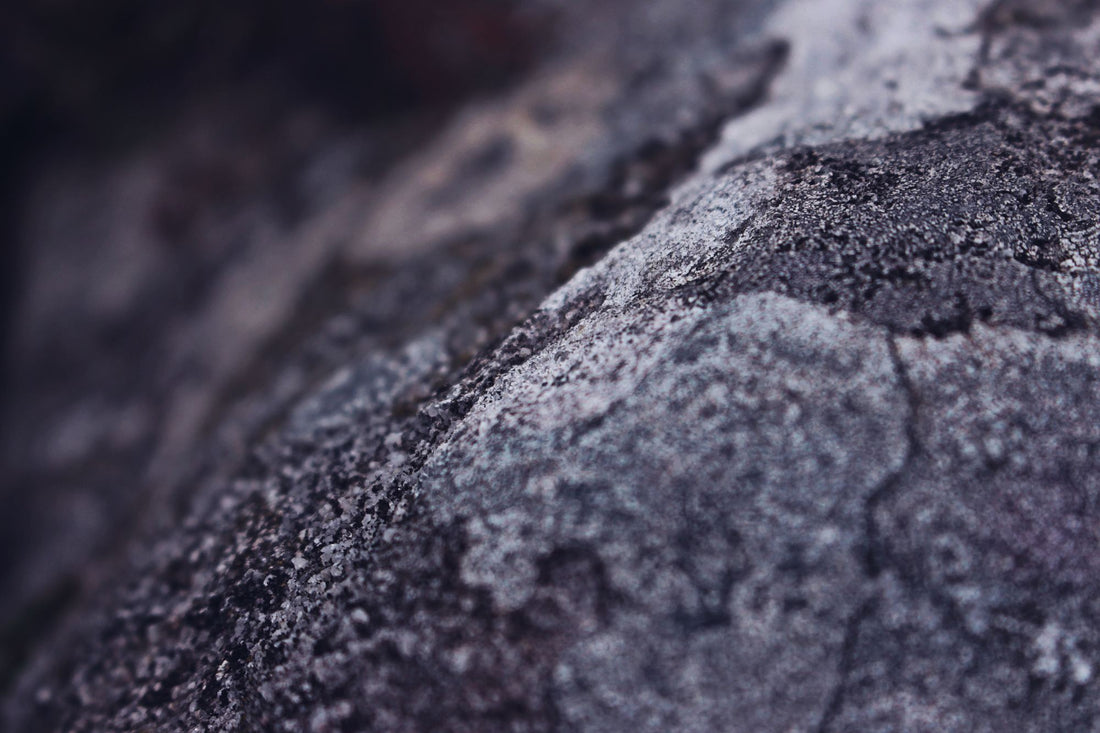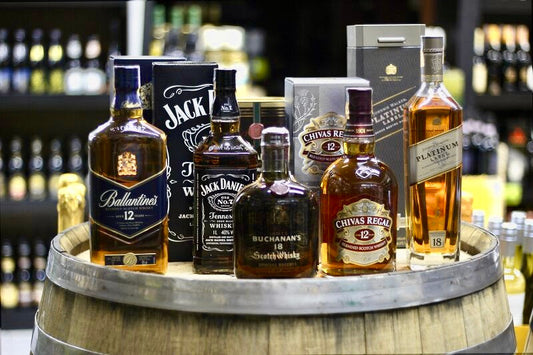
Peat and Its Significance in Whisky
Peat is to whisky as chilli pepper is to spicy food. Similar to how people boast about their tolerance to chilli, whisky lovers love “out-peating” each other. Peated whiskies are known for being pungent, boisterous, and antagonistic drinks. Although peated scotch hasn’t always popular, today it has become more fashionable and as a result, has ignited a sudden passion among whisky drinkers.
The term smoky or peaty is often used to describe whisky, but most people don’t know what it means. Some seasoned drinkers may have heard of smoky or peated single malts but don’t know what it means and how the flavour is acquired.
Read on to learn more about peat and its different types.
What is Peat?
Peat consists of decaying vegetation and moss. There are different types of peat substances; some bogs are watery while others are woodier. Regardless of the type of bog, a peat bog grows 1mm each year, which means it takes approximately 1000 years to grow a meter of a thick bog.
After it is harvested, peat is cut into small slices of sod that are stacked in pyramids and then left to dry. After a period of 2 to 3 weeks, the sod turns into tough peat bricks, which hold more energy than coal. It is a Scottish tradition to create peat fires that are so compact that they can burn piping hot for ages.
5 Types of Peat
There are different types of peat. The features of peat often depend on a variety of things, including the depth at which it occurs, climatic circumstances and the extraction methods.
Here are some of the different types of peat:
Upper layer: This type of peat is found in the top 10 inches of peat. German peat cutting procedures require that the top layer should be removed and laid on a sandy bed immediately after harvesting the black and white peat. This layer is made up of upright stems from sphagnum moss.
Sphagnum moss peat: The youngest type of peat, it is moderately decomposed sphagnum moss that can carry approximately 10 times its weight while in water. It is also light coloured and is made of different kinds of sphagnum moss. This type of peat degrades more quickly compared to other types of peat.
Coloured peat: Also commonly referred to as grey peat, this type of peat comes from the layer that lies between white and black peat layers. However, coloured peat is often decomposed more than the white layer. This type of peat retains less water than sphagnum moss peat and peat litter.
Peat litter: Also known as peat dust, this type of peat is extracted from the topmost layer. It is often light brown and slightly decomposed. This type of peat can retain approximately 8 times its weight in water. Additionally, the water uptake of this type of peat is much slower compared to sphagnum moss peat. Peat dust is available either as fine, coarse, or normal. The grade will often depend on the method of extraction used.
Black peat: Also commonly referred to as non-permafrost peat, this is the oldest type of peat. It shrinks greatly when dried because of its low levels of water retention. After it is thoroughly dried, black peat hardens. It is the best type of peat for smoked whisky.
Not sure how much smoke you like? Try our peated whisky tasting kit o compare mild, medium, and intense options.
Why is Peat Needed in Whisky Production?
Peat is the main reason why the ancient Scots used peat fires to heat the pot stills. However, these fires don’t give whisky its smoky flavour. Neither does the peaty water. By using the peat-heated fire to dry the damp malt, it channels the smoke into the barley grain. Peat smoke releases phenols and they are absorbed by the malted barley. The time the barley will be exposed to the smoke will determine the phenols and this will affect the flavour.
After it has been dried, the malt is then mashed, and its peatiness is measured by phenol Parts Per Million (PPM). However, during the distillation process, some phenol is lost. As a result, the final PPM of the whisky is one-third of the initial figure.
What Peat Tastes Like
Location can affect the peat’s taste notes. Tastes vary wildly and may be described with any of the following adjectives: sulphuric, soapy, smoky, medicinal, rich, creamy, herbal, nutty, saline, mossy or citrus.
Although the whisky flavours will depend solely on peat, they also depend on the plant life that once grew there in the peat’s place. This is the main reason why there are varieties of peated whiskies. For instance, guaiacols give woody, savoury aromas, while syringols bring sweetened and spicy vanilla. Mainland Scottish bogs are formed from trees; therefore, they produce a high guaiacol-to-phenol ratio after they are burnt than peat on Islay. Peat lovers should explore our Scotch whisky collection, where smoky expressions from Islay and beyond await.
Peat occurs naturally and it occurs in different types. These types of peat affect the scotch flavour.













